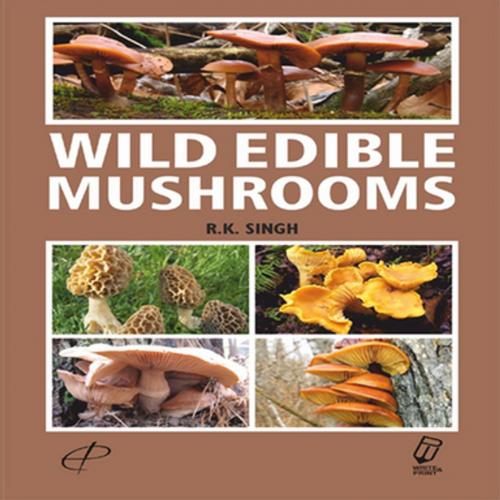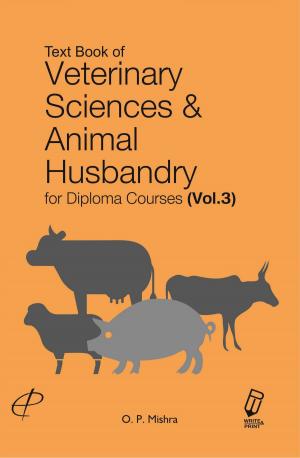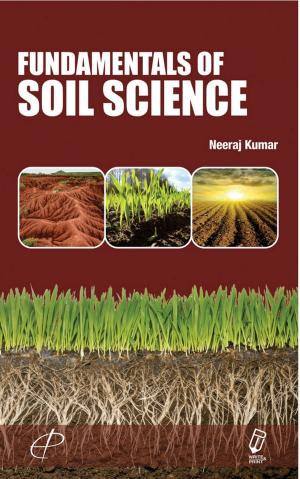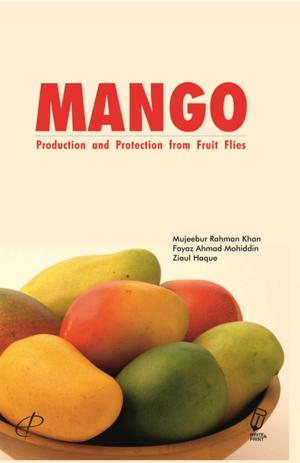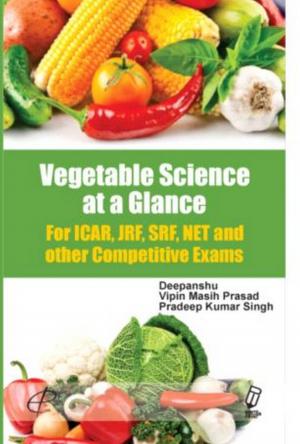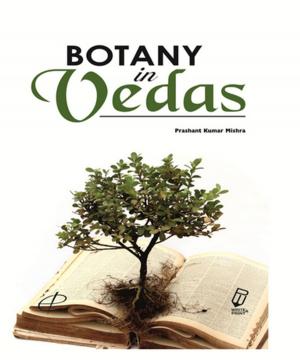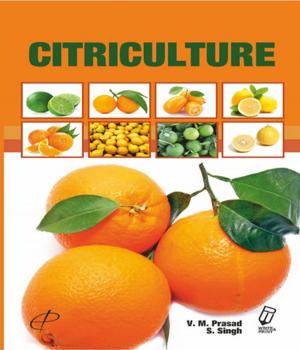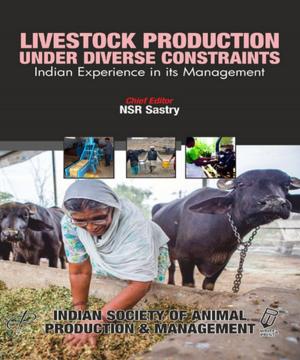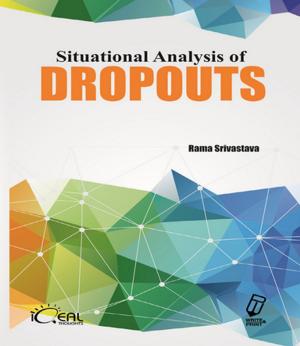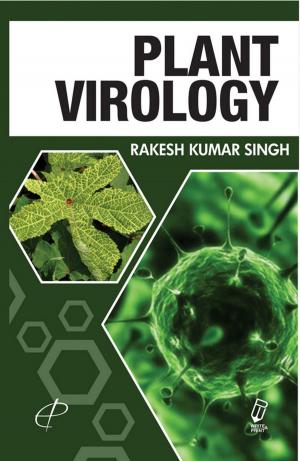| Author: | R. K. SINGH | ISBN: | 9789384649838 |
| Publisher: | Write & Print Publications | Publication: | June 30, 2016 |
| Imprint: | Write & Print Publications | Language: | English |
| Author: | R. K. SINGH |
| ISBN: | 9789384649838 |
| Publisher: | Write & Print Publications |
| Publication: | June 30, 2016 |
| Imprint: | Write & Print Publications |
| Language: | English |
Fungi are a distinct group of organisms which include species with large and visible fruiting bodies (macrofungi). The best known examples of macrofungi are the mushrooms. They have a cap and a stalk and are frequently seen in fields and forests. Most are simply inedible but there are notable examples that can be eaten. The number of poisonous species is relatively small while those that are fatal belong to a tiny minority. The most familiar edible mushrooms are those that are cultivated and sold fresh and tinned in shops. The term “mushroom” is used here in a broad sense as used in popular mushroom guides and include members of the Basidiomycota that produce fruiting bodies and some members of the Ascomycota as well. Those who are interested in preparing and eating the more common and easily-recognized species of edible mushrooms, this book is a must-have. This book is a concise, easy-to-use book, with photoraphs of the mushrooms, for researchers scientists just starting to hunt for edible mushrooms. It concentrates extensively on the edibles and look-alike poisonous ones. In-depth species descriptions, including description, taxonomic hierarchy, habitat and distribution, taxonomy, edibility and reproduction etc. The information presented here is intended for everyone interested in fungi, anyone who needs tools to study them in nature including naturalists, land managers, ecologists, mycologists, and even citizen scientists and sophisticated amateurs.
Fungi are a distinct group of organisms which include species with large and visible fruiting bodies (macrofungi). The best known examples of macrofungi are the mushrooms. They have a cap and a stalk and are frequently seen in fields and forests. Most are simply inedible but there are notable examples that can be eaten. The number of poisonous species is relatively small while those that are fatal belong to a tiny minority. The most familiar edible mushrooms are those that are cultivated and sold fresh and tinned in shops. The term “mushroom” is used here in a broad sense as used in popular mushroom guides and include members of the Basidiomycota that produce fruiting bodies and some members of the Ascomycota as well. Those who are interested in preparing and eating the more common and easily-recognized species of edible mushrooms, this book is a must-have. This book is a concise, easy-to-use book, with photoraphs of the mushrooms, for researchers scientists just starting to hunt for edible mushrooms. It concentrates extensively on the edibles and look-alike poisonous ones. In-depth species descriptions, including description, taxonomic hierarchy, habitat and distribution, taxonomy, edibility and reproduction etc. The information presented here is intended for everyone interested in fungi, anyone who needs tools to study them in nature including naturalists, land managers, ecologists, mycologists, and even citizen scientists and sophisticated amateurs.
